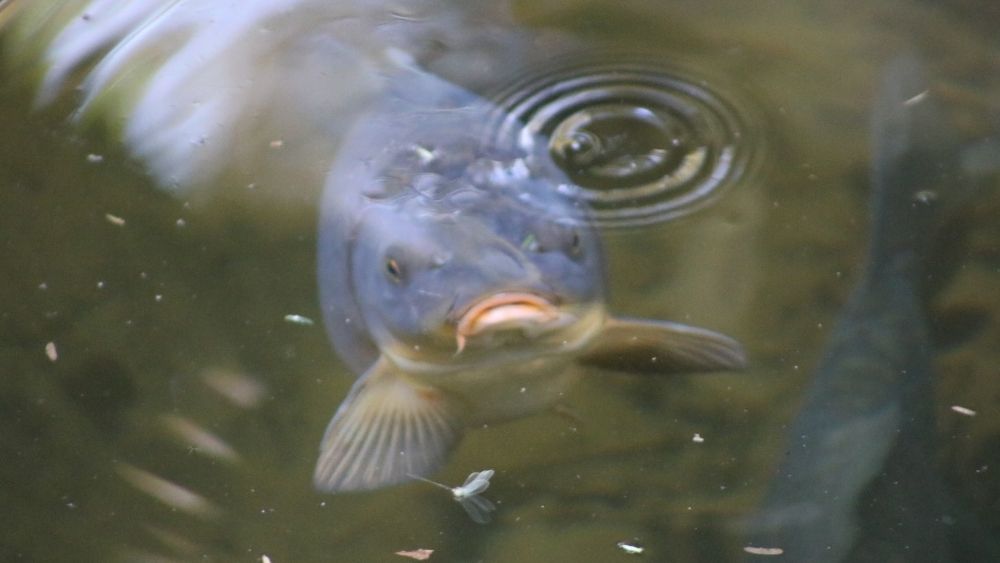How can fishes breathe under water?

There are more than 34,000 different kinds of fish found in fresh and saltwater around the world. Fishes play a very important role in the marine environment as they provide essential nutrients to support their ecosystem. All the fishes have two traits in common: they live in water and they have a backbone. Fishes vary from one another in many aspects, for instance, finfish like salmon have gills and are covered in scales whereas Eels have worm-like bodies and are skinny.
Fishes spend their entire lifetime in water. Ever wondered how they can breathe? Well, all living things have to breathe because they require oxygen to survive. Just like humans use their lungs to draw in oxygen for themselves, fishes have a special organ called gills which perform similar actions. Gills extract oxygen from the water to meet its requirement. They are located on the side of the fish head. Let’s understand the breathing process of fish in detail.
Contents
Breathing process of fish
Unlike land animals that have lungs, fish have gills to breathe in the oxygen contained in water. Gills are present under the operculum, which is also called gill slit. Most of the fishes have up to 4 pairs of gills, while sharks have seven pairs of gills. Gills separate oxygen from the water it takes in and give out carbon dioxide.
Taking in Water
Fish needs to take in a large amount of water to get the amount of oxygen needed for survival. The process of breathing occurs when fish takes in water through its mouth. When fish opens their mouth, water rushes in and flows towards their gills.
Water filtration
The water is then pushed through bony spines inside the fish’s head called gill rakers. These parts help to clean water and prevent sand or mud from getting through.
Feathery filaments
Water then passes through the feathery filaments in the fish’s gills, which are rich in blood. These filaments absorb oxygen from the water and bring it to the bloodstream. The fish’s heart then pumps this blood throughout the body. At the same time, carbon dioxide is released into the water through the gills.
Do all the sea creatures breathe through gills?
Although most of the sea creatures have gills for respiration some of the creatures have lungs. Whales are mammals with lungs and so they have to come to the surface of the water at regular intervals of time to breathe air. They draw in air and blow it out through blowholes present on the top of their head.
Some sea creatures have a combination of both lungs and gills which help them to survive and sustain life both on land as well as in water.
Fun-Facts:
- Fish have been on the earth for more than 450 million years, whereas mammals have only been on earth for roughly 200 millions years.
- Fish can form schools containing millions of fish. They use their eyes and a lateral line to hold their places in the school.
Objective Questions:
- How do fish take in oxygen?
(a) Lungs
(b) Gills
(c) Vertebrae
(d) Brain - What does a group of fish called?
(a) School
(b) Herd
(c) Team
(d) Coyote - Where is gill present?
(a) Vertebrae
(b) Near its tail
(c) Operculum
(d) None of these - Which part is responsible for absorbing oxygen from water?
(a) Feathery Filaments
(b) Pelvic fin
(c) Lateral line
(d) None of these
Quiz:
- Fish have been on the earth for more than 450 million years. (T/F)
- Whales breathe through their lungs. (T/F)
- Sharks have four pairs of gills. (T/F)
- Some sea creatures have a combination of both lungs and gills. (T/F)
- All the fishes have two traits in common: they live in water and they have a backbone. (T/F)






Responses